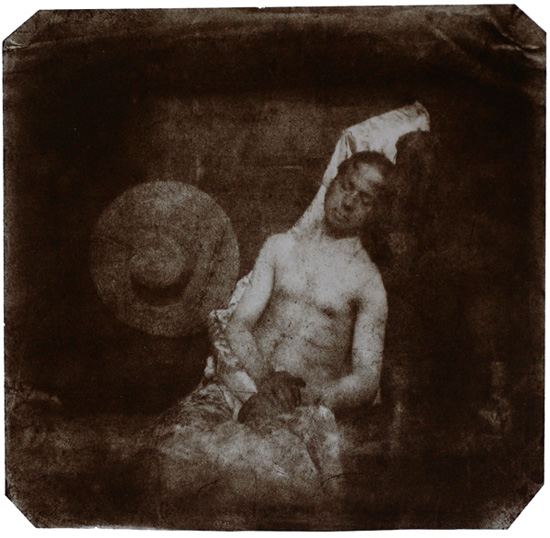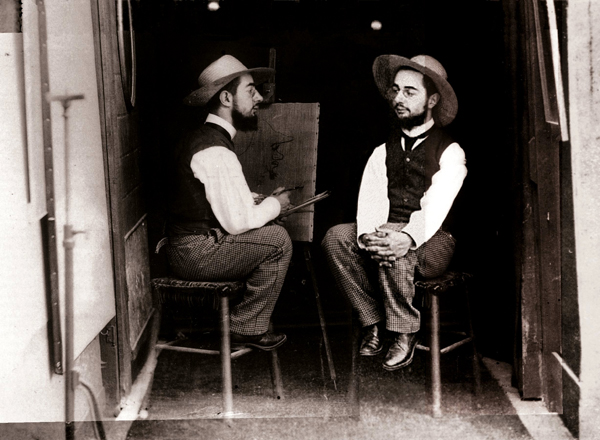| Mirrors of a Face: Doppelgangers and Alter egos |
 |
| Written by Alejandro Malo |
|
It is easy to forget that the history of this medium has been ideal for such paradoxes since its origins: in 1840, Hippolyte Bayard created a self-portrait of himself as a drowned man and on the other side, he denounced the fact that his suicide was the result of the lack of financial support received from the French government, despite his discovery of a photographic process equivalent and prior to Daguerre's. Perhaps revealing his abandoned body in this first photographic setting gave him the tranquility to live another 37 years and enabled him to reveal the fragility of the image as testimony. At the same time, one could also argue that this photo provided a true reflection of his mood.
Over the next few decades, this concern with portraits as a fantasy enabling one to see the hidden or unexplored face of the person being portrayed, would be increasingly recurrent. So it was that during the last decade of the 19th century, Maurice Guibert recorded Henri de Toulouse-Lautrec’s image in many disguises and even in a photomontage where he poses for himself. It is highly likely that a previous photomontage should have included someone who was duplicated in the image. This may be where the incarnation of the doppelganger was glimpsed for the first time, in other words, an identical person but with different attitudes.
|






